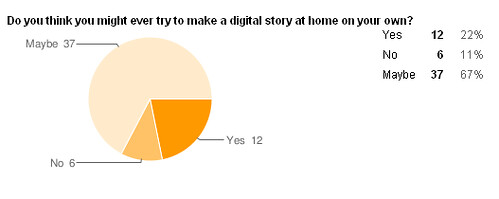I have found that pre-writing is a key to quality of work from my sixth graders. They have to have time and a means to brainstorm and organize their thoughts before they rush into the actual writing. And when you add technology to the mix, this is even more important — otherwise, they get so deep into the technology, they forget to pay attention to the story.
This week, as my students work on the start of a Digital Picture Book on Cell Mitosis, they are hard at work with two pre-writing strategies.
First, they have to map out the storyline from beginning, middle and end. This plot design (in the form of a concept map tool) is something we work with a lot during the year, so it is now natural for them to “see” the whole story as it might unfold. I say “might” because I remind them that stories may change as they start the actual writing and better ideas come along or if they get a burst of new inspiration. The draft is not super-glue for the idea, just velco (hmmmm, not sure if that metaphor works, but I will keep it there for now).
Next, they work on storyboards for their books, showing the sequence of events with both visual and written descriptions. This is not a time for all of the details that will go into the books, but it is a time for seeing the possibilities. I like storyboarding because it allows me to have a good conversation with my students in a way that allows us to follow the story development visually.
Here is one of the storyboards — they will explain the phases of mitosis in much greater scientific detail in the final book:



I can’t wait to see this one as a final book.
Peace (in the digital world),
Kevin





